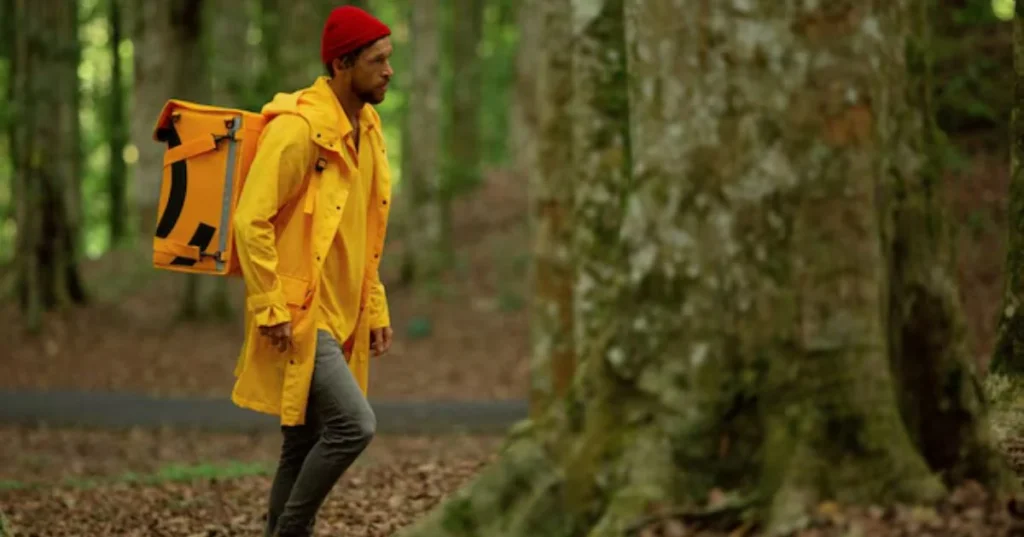Glass trees are captivating sculptures that blend the beauty of nature with the elegance of glasswork, creating an eye-catching display that is both artistic and refined. These unique art pieces have recently gained popularity among designers and homeowners, serving as stylish centerpieces in homes, offices, and public spaces. From the meticulous craftsmanship involved to the range of designs available, glass trees offer a fascinating way to bring nature indoors with a contemporary touch. This article delves into the intricate art of glass trees, exploring their history, styles, and the creative techniques that bring these pieces to life.
A Glimpse into the History of Glass Trees
The art of glass tree sculptures is rooted in ancient glassblowing techniques that have evolved significantly over centuries. Glassblowing originated around the 1st century BCE in the Eastern Mediterranean region and quickly spread throughout Europe. Over time, glass artisans began experimenting with diverse forms and shapes, incorporating elements of nature into their work. In the 20th century, glass trees became popular in the art world, with artists like Dale Chihuly pioneering the style. Today, modern glass artists continue to push the boundaries of glasswork, creating stunning sculptures that resemble intricate tree branches, leaves, and blossoms.
Glass Tree Art Styles and Techniques
Realistic Glass Trees
Many glass artists craft realistic glass trees that mimic the natural structure of a tree. These pieces often include detailed representations of branches, leaves, and sometimes even fruit, bringing an authentic natural look. Artists use a combination of blown and sculpted glass techniques to replicate the organic textures and shapes found in nature.
Abstract Glass Trees
Abstract glass trees are inspired by the form and flow of trees rather than their literal representation. These sculptures often emphasize color and movement, capturing the essence of a tree in a unique and interpretive way. Abstract styles may feature bright, swirling colors and unconventional shapes, adding a modern edge to traditional tree imagery.
Miniature Glass Trees
Miniature glass trees are smaller, delicate representations, perfect for personal collections or small decorative accents. These mini sculptures require exceptional precision and are often created using techniques like lampworking, where artists manipulate glass rods over an open flame.
Glass Tree Chandeliers
Glass tree chandeliers are larger installations that bring grandeur and sophistication to any setting. These chandeliers feature a combination of glass branches and leaves, often adorned with light fixtures that mimic sunlight filtering through a tree canopy. Such pieces are particularly popular in grand entryways, art galleries, and upscale hotels.
The Process of Crafting a Glass Tree Sculpture
Creating a glass tree requires patience, skill, and an artistic vision. Here’s a breakdown of the typical process followed by glass artists:
Concept and Design
The artist begins with a concept, which often involves sketches or digital mock-ups. This stage includes selecting a style—whether realistic, abstract, or functional—and determining color schemes and specific details.
Selecting Glass Types and Colors
Glass trees are typically made from borosilicate or soda-lime glass, both of which are durable and suitable for intricate designs. Artists carefully choose colors, sometimes layering them to create depth and dimension.
Heating and Shaping
Using a glassblowing or lampworking technique, the artist heats the glass until it reaches a malleable state. Then, the artist begins shaping each part of the tree, from branches and leaves to the trunk. Skilled artists may add intricate details like veins in leaves or texture on branches.
Cooling and Assembly
Once each component is shaped, they are gradually cooled to prevent cracking. Then, the various pieces are assembled, often using adhesives or by fusing pieces together with heat. The completed sculpture is then polished and inspected for any imperfections.
Incorporating Glass Trees into Your Décor
Glass trees are versatile décor elements that work in a variety of spaces. Here are some ideas for incorporating glass tree sculptures into your design:
Living Rooms and Lounges
A glass tree sculpture in a living room adds an elegant and calming presence. It can be a conversation starter, a focal point, or simply an accent that brings color and texture to the space.
Offices and Workspaces
Placing a glass tree in an office brings a touch of nature to a professional environment. It can be displayed on a desk, bookshelf, or as a standalone art piece, offering a soothing visual break during the workday.
Outdoor-Inspired Interiors
In spaces where the theme is inspired by nature, glass trees complement elements like wood, stone, and plants. These pieces fit beautifully into rustic or eco-friendly interiors, especially when paired with natural materials.
Public Spaces and Art Galleries
Large glass tree installations in galleries, museums, or hotels create a dramatic impact. They not only add a sophisticated aesthetic but also celebrate the artistry and technical skill involved in glass sculpting.
The Symbolism of Glass Trees
A glass tree is not only a decorative item; it also holds symbolic meaning. Trees traditionally represent growth, stability, and renewal, while glass is often seen as a symbol of fragility and transparency. Together, a glass tree becomes a powerful symbol of the delicate balance between strength and vulnerability, reflecting the nature of life itself. In Feng Shui, glass trees are also believed to bring positive energy and harmony to a space, making them a popular choice for interior decor aimed at cultivating peace and prosperity.
Tips for Caring for Glass Tree Sculptures
Proper care and maintenance are essential to keep glass tree sculptures looking pristine and beautiful. Here are some helpful tips:
- Regular Dusting: Use a microfiber cloth or a soft duster to gently remove dust and debris from the surface.
- Avoid Direct Sunlight: Prolonged exposure to sunlight may fade certain colors or cause thermal stress, especially in delicate pieces.
- Use Stable Display Surfaces: Ensure that your glass tree is on a stable and secure surface to prevent tipping or accidents.
- Temperature Control: Sudden changes in temperature can cause glass to expand or contract, leading to cracks. Keep glass trees in a stable temperature environment.
FAQs
What materials are commonly used in glass tree sculptures?
Glass tree sculptures are typically made from borosilicate or soda-lime glass due to their durability and clarity, allowing artists to create intricate details and vibrant colors.
Are glass tree sculptures suitable for outdoor spaces?
While glass is resilient, it is best to display glass trees indoors due to weather exposure risks. If placed outdoors, consider protective coverings to avoid damage from the elements.
Can I commission a custom glass tree sculpture?
Yes, many glass artists accept custom commissions. When commissioning, you can specify size, color, and style preferences to suit your décor.
How do I clean a glass tree sculpture?
Use a soft, microfiber cloth or duster. For deeper cleaning, gently wipe with a damp cloth and avoid abrasive materials that may scratch the glass.
What styles of glass trees are popular for contemporary homes?
Abstract and minimalist glass trees are popular for contemporary homes. They add a modern, artistic feel that complements clean, minimalist design elements.
Is there a difference between blown glass and lampworked glass trees?
Yes, blown glass involves inflating molten glass into a bubble, while lampworking uses a torch to melt glass rods. Both techniques offer unique textures and effects suited to different styles of glass trees.
Conclusion
Glass trees are stunning art pieces that elegantly combine the allure of nature with the sophistication of glass. Whether it’s a small, delicate tree for a personal collection or a large installation that commands attention, glass trees add a unique beauty to any space. With styles ranging from realistic to abstract, these sculptures offer something for every taste. As interest in eco-inspired art grows, glass trees will likely continue to enchant art lovers, decorators, and nature enthusiasts alike, reminding us of nature’s beauty in a form that’s both timeless and delicate.










